My Canadian Farm Food Grounds Me
Challenge Nine of The Canadian Food Experience Project comes at a very sensitive time in my life as my father just passed away last month and the past 17 months of being one of his primary care givers has given me a lot of time to reflect on my own identity and life. Both mom and dad came from hard working farm families. My sister and I were the first generation away from the farm, and our children, the second. However, our own children didn’t have those crucial opportunities to visit a farm regularly and to understand rural life. I believe that is critical to understanding Canadian food, and for me, my own Canadian identity.
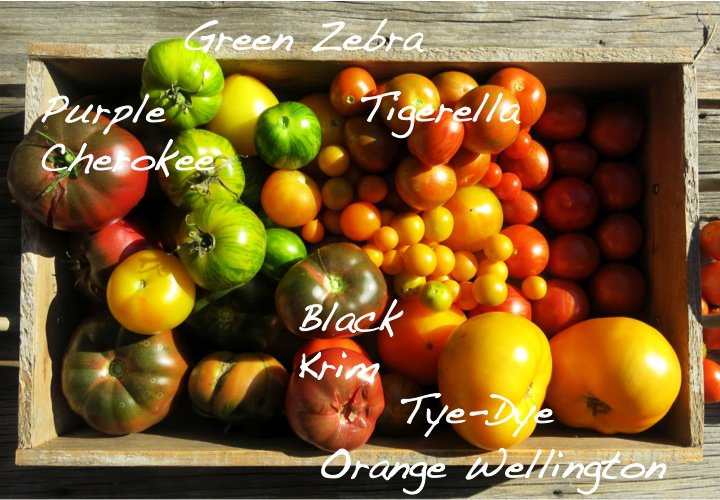
Gardening was a way of life in the country, but also in all urban communities when I was a child. Everyone had a garden. Then it was more a matter of economics than nutrition. Food was expensive to buy and cheaper to grow. Preserving one’s own food for the winter was something we all knew how to do in those days and it was something everyone just did as part of living in Canada. There was Spring cleaning and Fall preserving. Gardening is in my blood because my roots are embedded in the blackest and richest of soils of my Grandmother Maude’s garden in Clive, Alberta. Tomatoes didn’t use to be my favourite food on the planet, but they have been for quite a few years, now. What a pleasure it was to take my dad a big dark purple flesshy and flavourful Cherokee tomato during the growing season. Oh, how he also loved tomatoes.

Asparagus was something I grew up with. Grandma Maude had rows of it in her garden and when it went to seed, we would run through the fronds, way over our heads. That is how young I was then. I loved it raw, as it tasted like peas, but cooked it was too strongly flavoured for my tender palate. When I grew older, I loved it and wondered what had changed. I never cook asparagus without thinking of Grandma’s garden. My recipe for Lemon Thyme Pickled Asparagus is pictured above.

Foraging for berries was also a seasonal activity that the entire community engaged in – both rural and urban. Everyone had their best spot for Saskatoon berries. Fruit trees were not common when I was young. Crab apple trees, yes. And, oh, how we loved them. Puckery perfection. Raspberry canes were often brought into the city from the farm; it was very common to find raspberry patches in urban gardens then. More varieties of fruit trees were developed for our climate and residents were later able to afford those kinds of trees, so they became more common a generation later. I never imagined I could grow cherries in my own yard. I used to dream of what it would be like to pick them in the Okanagan. I still haven’t done that, but I do now have my own cherry tree. Preserved Evans Cherries is another of many favourite cherry recipes I preserve yearly, now.
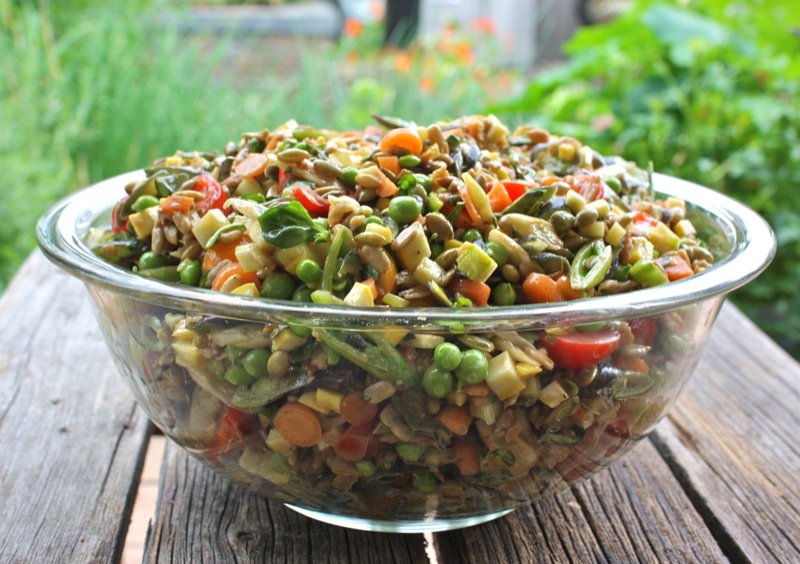
Spring and summer garden salads were presented with flourish as everything in them was fresh that day and home grown. There is nothing like the kind of personal satisfaction that is derived from growing and eating one’s own food. You just will not understand it unless you actually do it. And, to me, actually doing it is fundamental to understanding our Canadian food culture. This Prairie Garden Summer Salad is a new family favourite.
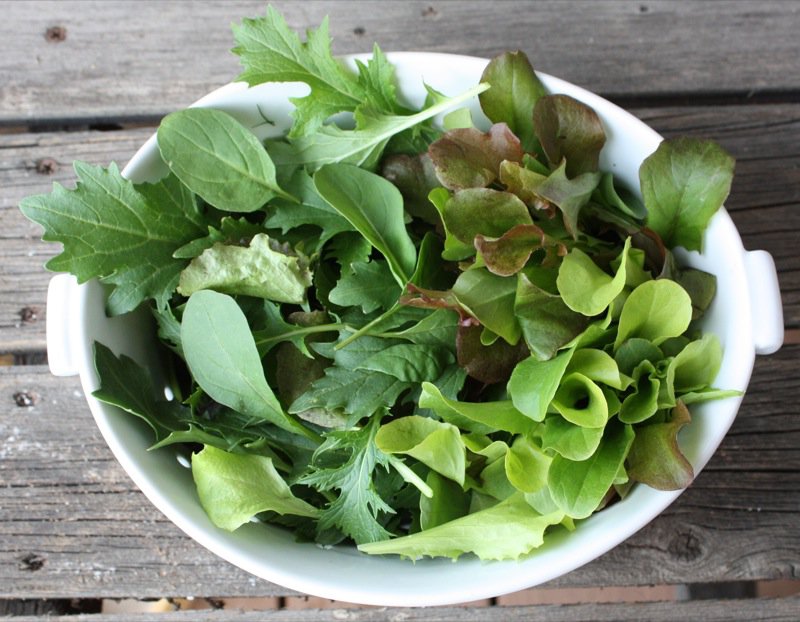
The dressing that mom, grandma, and so many woman in the prairies would prepare for the young leafy salads in the Spring is actually a Canadian Prairie Classic Recipe. So simple, but so familiar to all of us born and raised here through the past several generations.(Prairie Spring Salad Dressing) Just the taste of this salad takes me back to old wobbly table in Grandma Maude’s kitchen in front of the window overlooking her massive garden plot.

Yet, Canada is a Winter country. Our growing season is so short, and one of the reasons it is so intently celebrated. Over the cold months, we do not go hungry as we have learned how to preserve the precious bounty. Ox tail soup has been a favourite family recipe for generations. I had no idea it was so foreign to so many. It is equally as familiar to so many. This succulent winter soup warms the soup and reminds me so much of my own mother as the pleasure she expressed while gnawing on the ox tail bones in the soup and sucking off the gelatinous cartilage was truly contagious. (Ox Tail Soup: A Matriarchal Prairie Tradition)

Gingerbread cakes and cookies were pantry staples when I was a child. Certainly, my grandmother always had a huge, massive white lidded old pickle jar (which I thought was made to be for cookies) full of chewy crinkly ginger cookies. And, her specialty was this recipe for Grandma Maude’s Great Big Fat Gingerbread Cookies. These are the kinds of heritage foods and recipes that spell C-A-N-A-D-A to me. My Canadian Love Affair is with the farm food of my past. I am so thankful for the experience I have had to have lived through the primarily rural era of our country – though it was definitely the end of it.

My mom’s Homemade Angel Food Cake is another recipe on my site that is a famous family recipe with the provenance of it clearly documented through a very old photograph. And, this is also a cake familiar and special to so many Canadian farm folk. So few actually know how good an angel food cake really is as making a mix is standard practice in our newly evolving food culture. This has to change, or we will loose the tastes and flavour and identity of who we really are as Canadian cooks and bakers and gardeners and growers and producers.
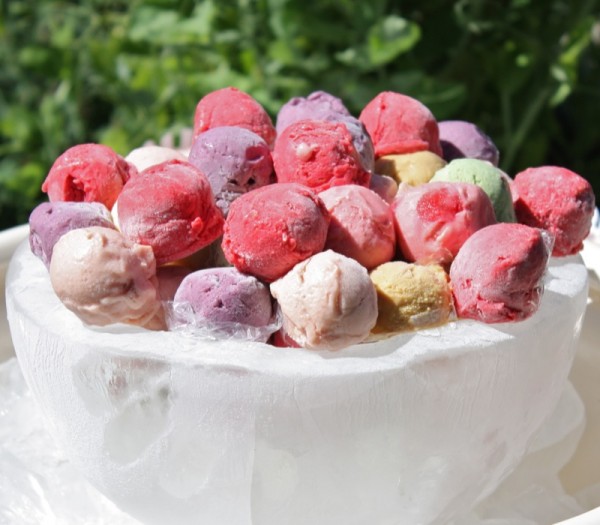
My granddad’s sister, Great Aunt Lucille, used to make the very best homemade ice cream in the world from the cream of her own cows. She would dollop out a massive scoop to everyone who popped in on a Sunday as a treat, or if you stayed for dinner, on top of one of her famous fruit pies. Making homemade ice cream has been an important aspect of my family culture ever since, and I have made all kinds! For special occasions, I make them all at once. (Ice Cream)

Apple Crisp and Rhubarb Crisp are such intrinsic taste memories every fall. I am flooded with the warm and love of home as a child, curled on a chair, diving into such delicious concoctions from my mom after a Sunday Dinner.
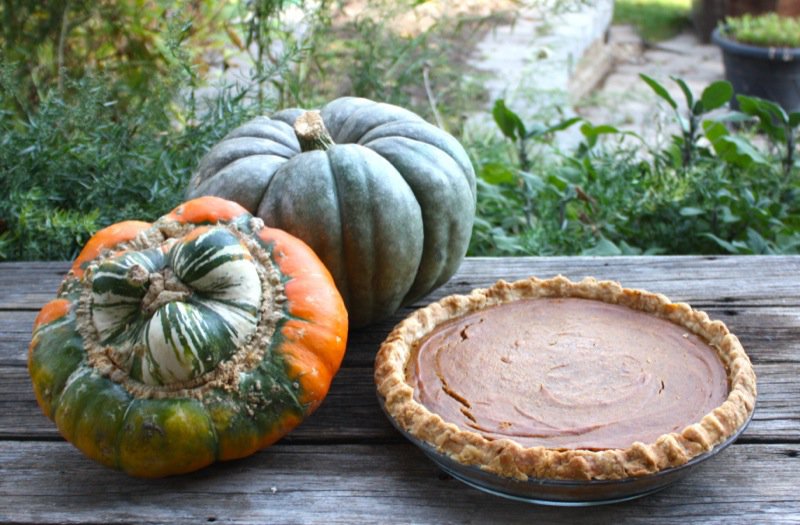
Honestly, everything was homemade. Everything. And I work fervently at maintaining that standard in my home for my own children and for those in my local community as that is who we are as Canadians. We work hard and we make our own food. Even new Canadians know that. Homemade Pumpkin Pie is enjoyed once a year at Thanksgiving and is such a treat! Tradition is a wonderful thing. It grounds my family. I absolutely value our multi-cultural identity as Canadians, as well. I embrace the transition that our Canadian Farm food is making from the old traditional recipes to new concoctions with fresh local ingredients. That has always been part of the magic of growing my own food and of buying local food I cannot grow: developing new and exciting homemade recipes from the foundation already firmly underlying my feet. An example of this is the Summer Saskatoon Berry Pie, below. I was so tickled to develop this recipe with my coveted Saskatoon berries from my own little garden patch a couple of years ago.

Prairie Summer Saskatoon Berry Pie is now a family in-season favourite.

Homemade Traditional Fruit Pies were almost extinct until a couple of years ago when there was quite a come back. Yet, sadly, the come back has been mainly in restaurants and in pastry shops. I bet you can count the fingers on one hand of who you know personally that makes their own homemade fruit pies. When I was a child, everyone did. It was a standard life skill taught in schools at the time along with homemaking and break baking.

Bread baking? Yes. Even my own mother went to the dark side immediately after she “grew up” and was on her own. She certainly did bake bread, but rarely. What a celebration that was. Dad and Judy and I would literally hover around the bread board waiting for it to cool enough to slice and eat with melted butter. Even in my childhood days, city folk no longer baked bread. The breadman arrived at the door the same way as the milkman did. Yet, almost all urban women still baked buns for holidays. That was also “a must”. It was part of the measure of your character and ability to raise a family properly in the modern age. Bun baking was just done by all. My mom was famous for her buns. This recipe for Homemade Hot Crossed Buns is such an old family farm recipe. It uses mashed potatoes in it and there is no other like it. Mom’s grandmother made hers this way and it has just been passed through the family. This kind of farm food I am passionate about. These are Canadian heritage recipes that I am in love with. Completely.
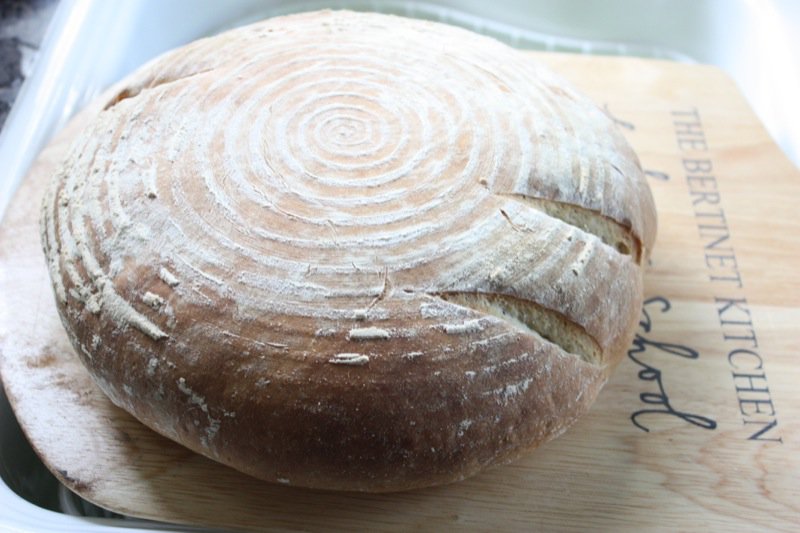
Homemade bread is something that I worked to learn to preserve this part of my Canadian food identity. There is almost nothing as gratifying as making break. The dough is alive. It is supple. I grind my own grain, knead my dough and create such beauty with four simple ingredients. It is miraculous, really. I love all kinds of bread baking, from the cinnamon buns at the opening of this post to a myriad of new concoctions never heard of in Early Canadian Culinary history. Yet, the process is so Canadian. Making homemade bread is the quintessential farm food.
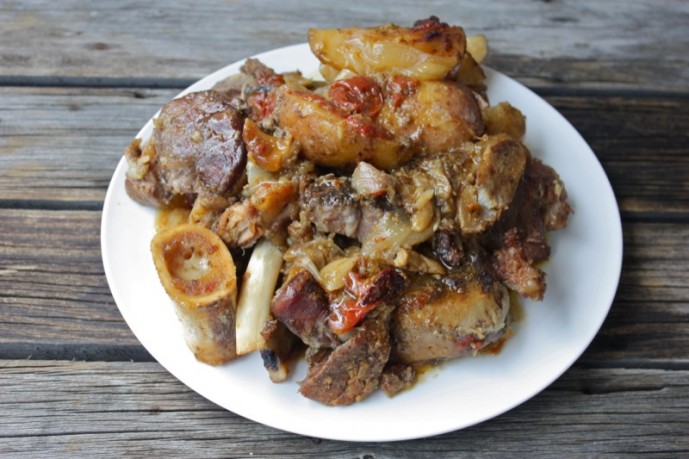
Stews are the heart of a Canadian Winter kitchen, regardless of one’s ethnic background. A warm hearty soupy concoction of meat and root vegetables just makes sense. This Beef Shank stew is a typical farm food meal.

Then there is preserving. I know I have mentioned it earlier. Preserving food was critical to the survival of our farm folk and simply a way of life. The hard work and endless hours of growing, harvesting, cleaning and preserving happen during such a short period of time and have to last for such a long period of time that all were motivated by such practical reasons – and by financial reasons. Buying food was so expensive. Preserving was the only way for most farm families to survive at all. A fruit jam or jelly was a cherished remembrance of summer. In this modern day, there is a gluttony of sticky processed concoctions everywhere. There is nothing like homemade. This Old Fashioned Lilac Jelly was certainly not something I grew up on, but would have been made by more upper echelon families to enjoy with an afternoon tea. And, I do that now!
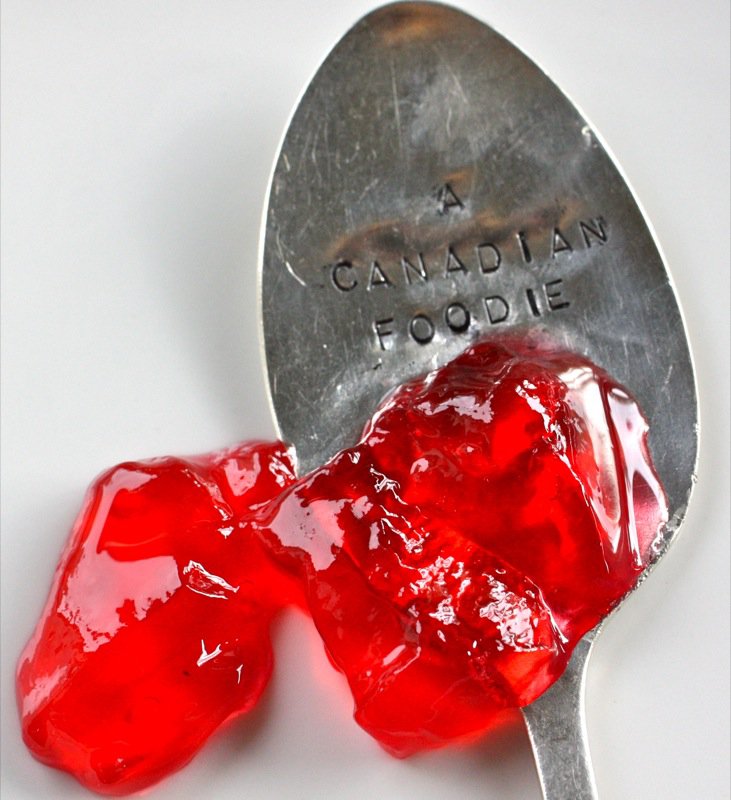
We grew red, black and white currants, raspberries, strawberries and a myriad of other berries: choke cherries and Saskatoons were foraged. Some how, the high bush cranberry escaped my repertoire, yet discovering the abundance of new-to-me wild berries that grow throughout this vast land is thrilling to me. (Homemade High Bush Cranberry Jelly)

Every year, I cannot stop preserving food. I do not have to. I can certainly afford to buy it. I can even afford to buy it from local small scale producers who do it right, yet there is a that inherent Canadian drive from deep within my soul that simply compels me to preserve my own food each year. That, and making everything I can with my own hand from real locally grown Canadian food, drives me. I cannot stop. It is woven tightly into the tapestry of who I am and an intrinsic aspect of my Canadian food identity and what I believe is important to preserve our Canadian food culture. (Zone Three Urban Garden Harvest 2011)
Traditional Canadian Farm Food is my underpinning and this love affair was fostered through my dad’s love of homemade meals and my mom’s incredible ability to prepare such delicious meals.
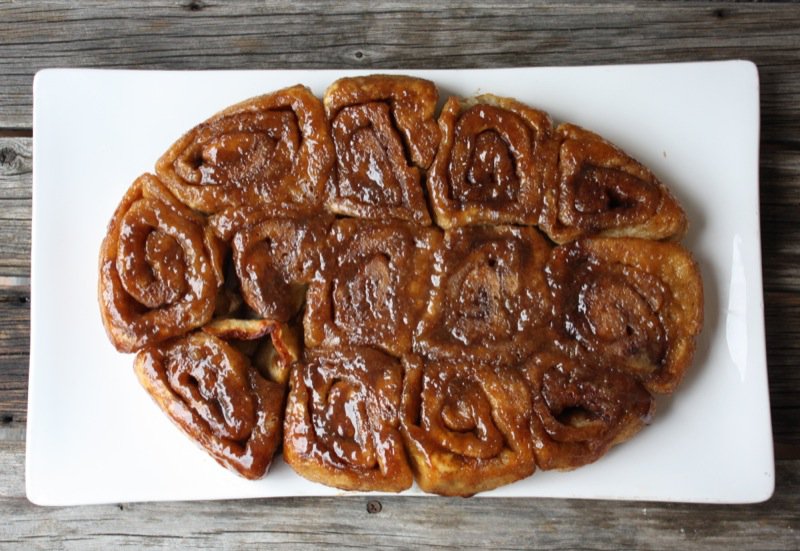

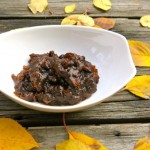
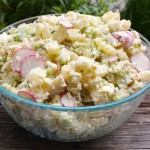

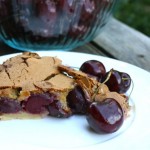
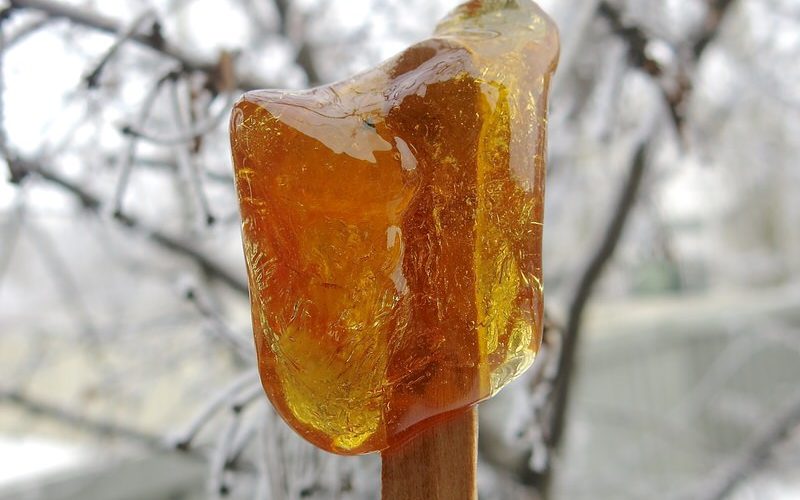





What a wonderfully written piece, Valerie! Excellent work, from the heart. Love it.
My growing-up memories are similar, and I feel the same way about growing/preserving/cooking…(although my husband does the pies, he’s just better at it!) Long may you run–cheers, J
Judy,
What a goldmine you have in that husband. I am lucky, too! Mine will help me when doing big family dinners or entertaining and is lovingly known as Chef Sous. 🙂 We have so much fun in the kitchen together (say I), yet he’d probably rather be doing anything else.
Thank you for taking the time to write such a lovely comment and I am edified hearing that we share the same food memories.
🙂
Hugs
Valerie
Valerie, you have touched a chord deep within me. I hear its echo every time I cook with locally grown food and share it with my family and friends. My roots go deep into the rich dark soil, starting with my grandfather Walls who had an acreage in what is now south Edmonton, where he grew 17 different varieties of sweet corn at a time when people said you couldn’t grow sweet corn here. We spent many wonderful hours working in his garden together. My mother’s mother had a lovely big garden in Westlock, Alberta and we spent more hours in her garden, cultivating and gathering. It was she who taught me to talk to my plants, encouraging them to do their best for us, singing to them so that they would know how special they were.
My dad and I were the gatherers in the family, berries, wild herbs, nuts and mushrooms to be taken home and carefully preserved for winter days when fresh food was either unavailable or tasteless. If it doesn’t smell like a tomato how can it possibly taste like a tomato? is a family mantra. In the winter months when fresh tomatoes were just not to be found we would put a quart sealer of home grown tomatoes in the fridge in the morning then serve them in smalls bowls with salt, pepper and a spritz of fresh lemon juice. I still do this with chopped fresh tomatoes when I want a taste of my childhood.
My Saturday mornings when I was a teen were spent baking for the coming week: enough cookies, cakes, pies and bread to last until the next Saturday in the kitchen.My dad insisted a meal was not complete without dessert, even if it was home canned fruit and cookies. Two Christmas’s ago my sister bought large cookie jars as gifts for several family members and we spent lots of joyful hours filling them. The idea of giving an empty cookie jar was an anathema to both of us. Some traditional favourites, some new recipes that have become new favourites. Baking and talking about family, remembering special times we shared.
Brendi
What a lovely read, Brendi!
Isn’t it amazing that my memories do spark such similar ones within you? That is exactly why I believe that what I have written is so fundamental to our Canadian cultural culinary identity.
And – lemon on tomatoes? Now that is new to me – and I will give it a try!
🙂
V
Here’s a new recipe for you to try Valerie. I serve this with crispy warm French bread for tearing and dipping or with little melba toast rounds. Its a good alternative to spinach dip and great party food. I also put about a tablespoon in a panini with ham, thinly sliced red onions and swiss cheese. Messy but so yummy.
Finely dice 4 medium tomatoes, 1 English cucumber and 6 to 8 green onions.You want about 6 or 7 pieces per teaspoon. Mix together 1/2 cup white wine vinegar, 1 1/2 cups olive oil, 6 finely minced garlic cloves, 2 teaspoons fresh basil, 2 teaspoons fresh thyme, 1/2 teaspoon fresh rosemary, all herbs gently crushed then finely snipped, the juice and zest of 1 large lemon, 1/4 cup grated Romano cheese, salt and fresh ground pepper to taste. Pour over the veggies. Refrigerate for at least 4 hours, all day if you can stand the wait, then serve. It will hold for about 4 days, if there are leftovers.
Brendi
I cannot wait to try this, Brendi!
Sounded like Pico de gallo at first – but then veered into a completely different direction.
YUM!
V
Just reading this post takes me back to my roots of long ago!
I see that it has been several years since you wrote that, but I am still compelled to comment on what a lovely memory you have left me with today. I hope some of the lovely baking and cooking is still going on in community I grew up in north of Lamont, Alberta. It is primarily a Ukrainian(or was!) community, so I hang on to all the wonderful recipes I grew up with and although I do not live there any more I still make these dishes even though I might be the only one familiar with them in Newfoundland!
What a lovely message. Thank you for sharing.
Hugs and Happy Holidays!
🙂
Valerie
Valerie, this post says it all. You have, for me, captured the Canadian Food Experience and put it into beautiful words. Yes. That is what it is all about – our connection to the soil and our connection to the past. Traditions and the evolving of them. Thank you. You are making me think in a way about what Canadian food is and what it means to me, that I have never thought of before.
And Thank You also, Brendi, for that delicious-sounding fresh tomato recipe. I think I am going to have to try it. My taste buds want it.
Margaret,
Really? That is actually what I was attempting to do through sharing my own opinion: “think in a way about what Canadian food is and what it means to me, that I have never thought of before”, but I could only hope. This is the kind of conversation I could have only dreamt of when I started this site – and you have challenged my thinking and love for Canadian food similarly through your posts. Isn’t that such a beautiful thing?
🙂
Valerie
I was a good cook once! and now I enjoy your wonderful post and reminicing about my love of food.
I could definitely make a meal of those sticky buns with the prairie garden salad (just to make it semi-healthy haha)!
Me too!
Hahaha!
V